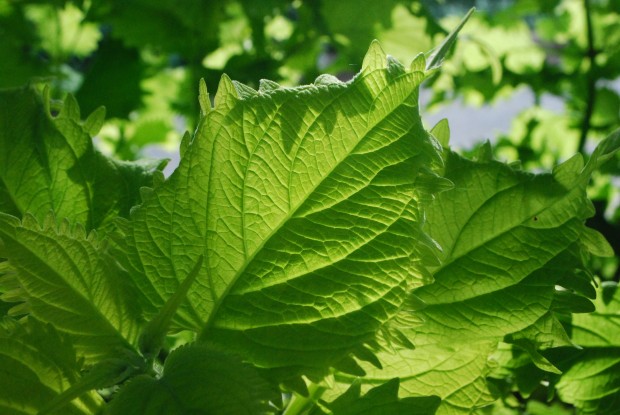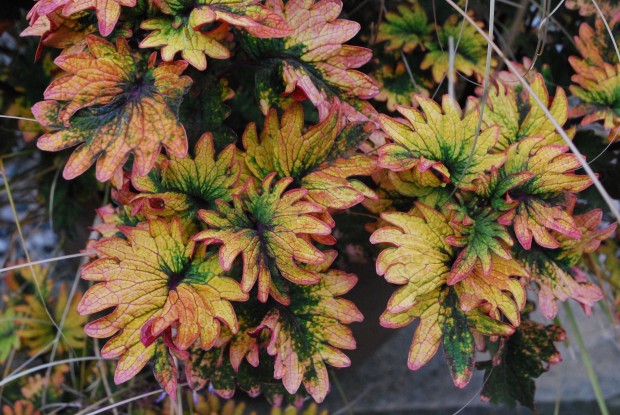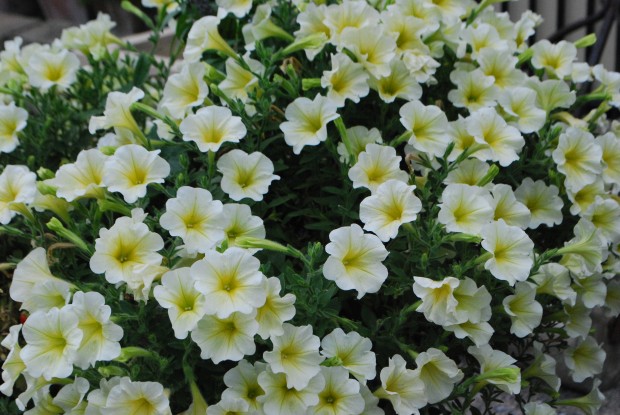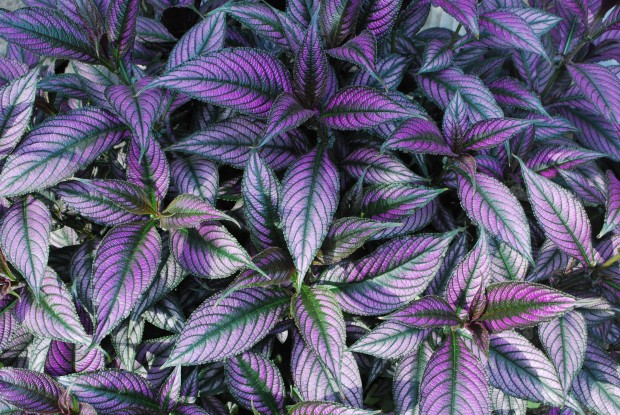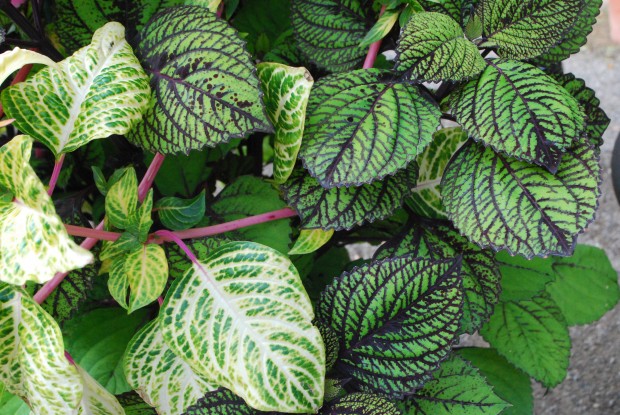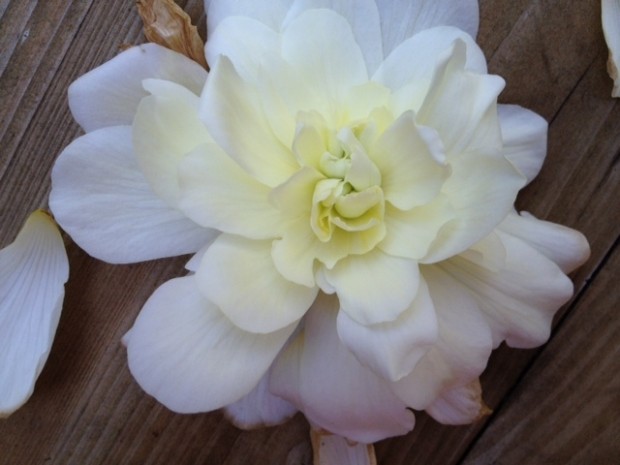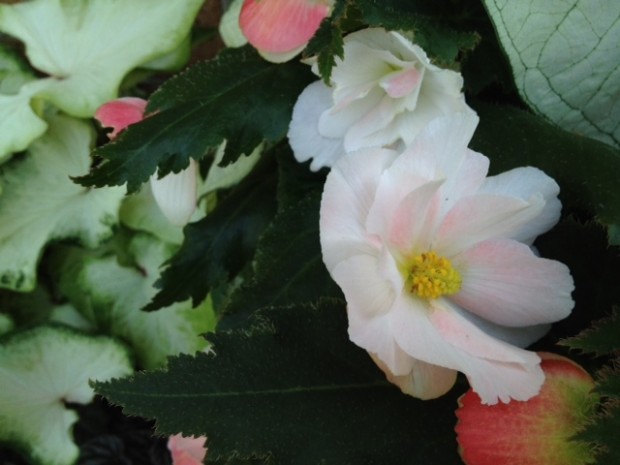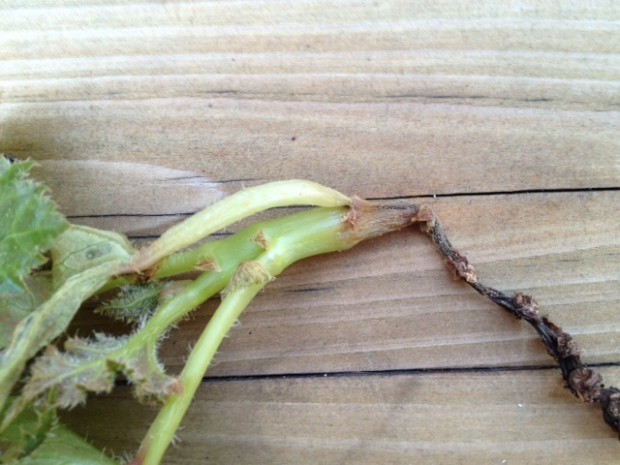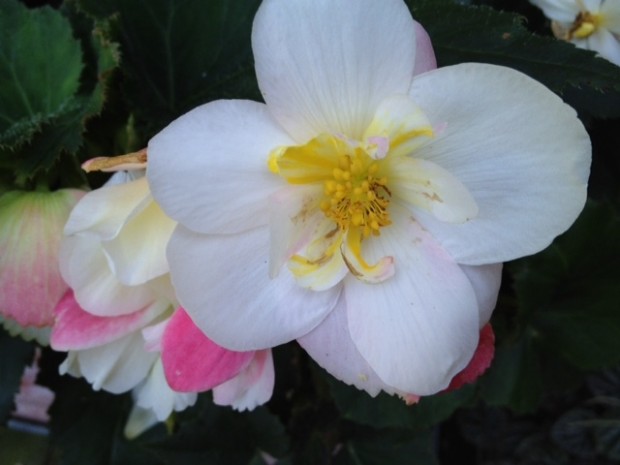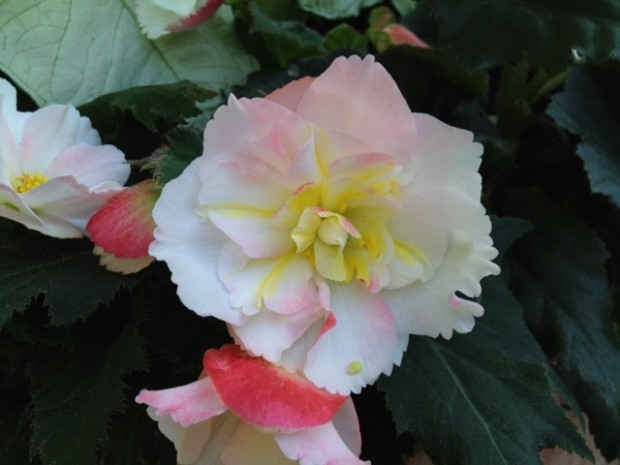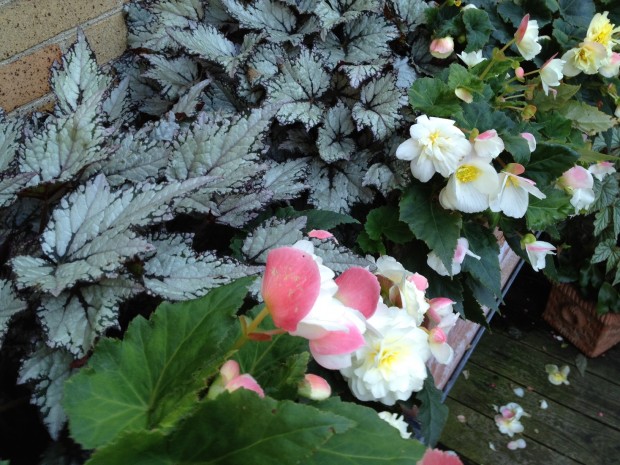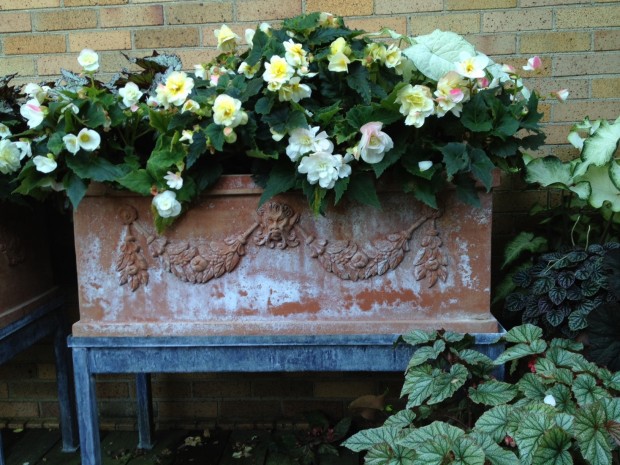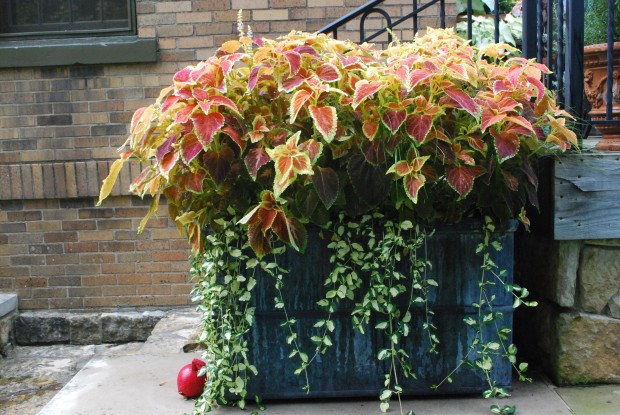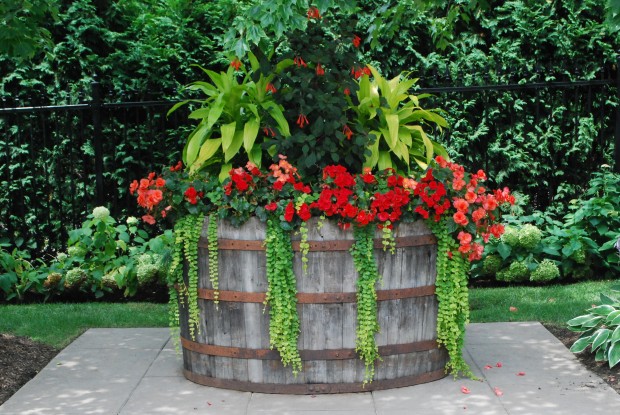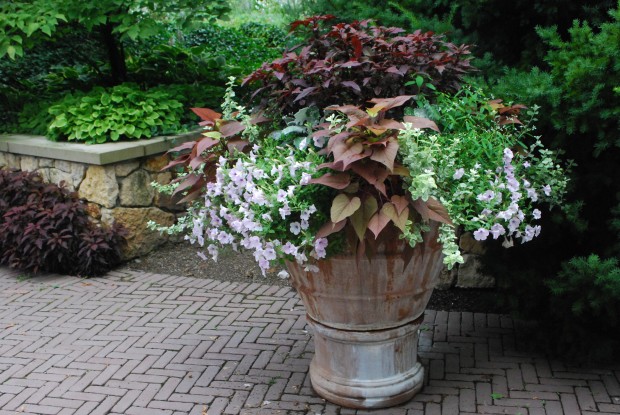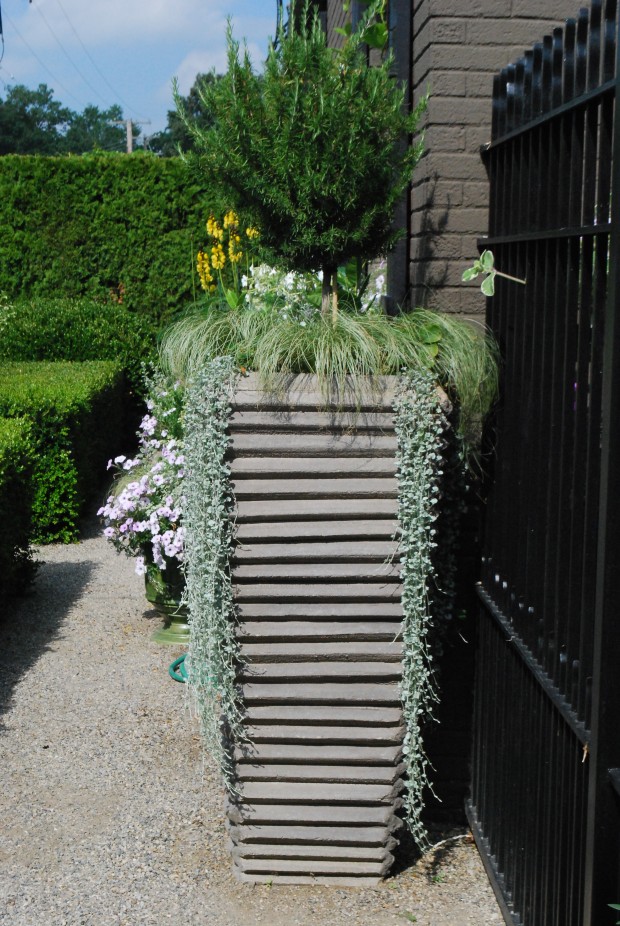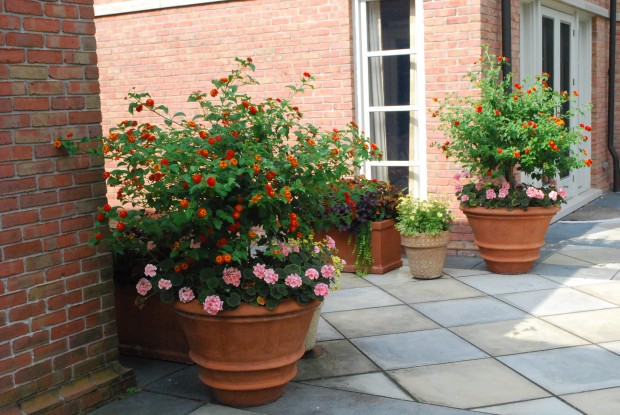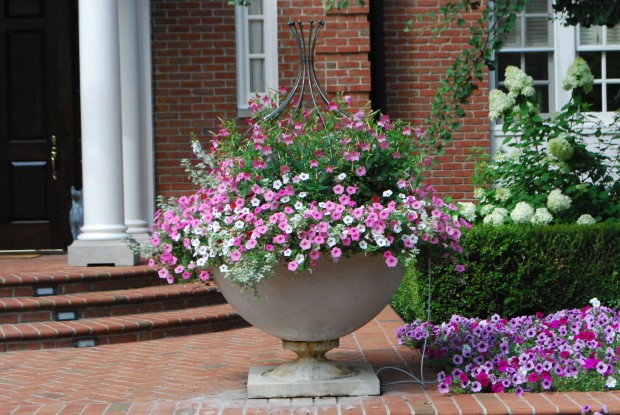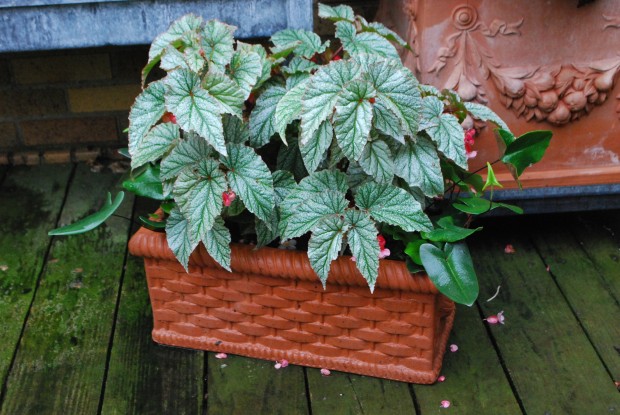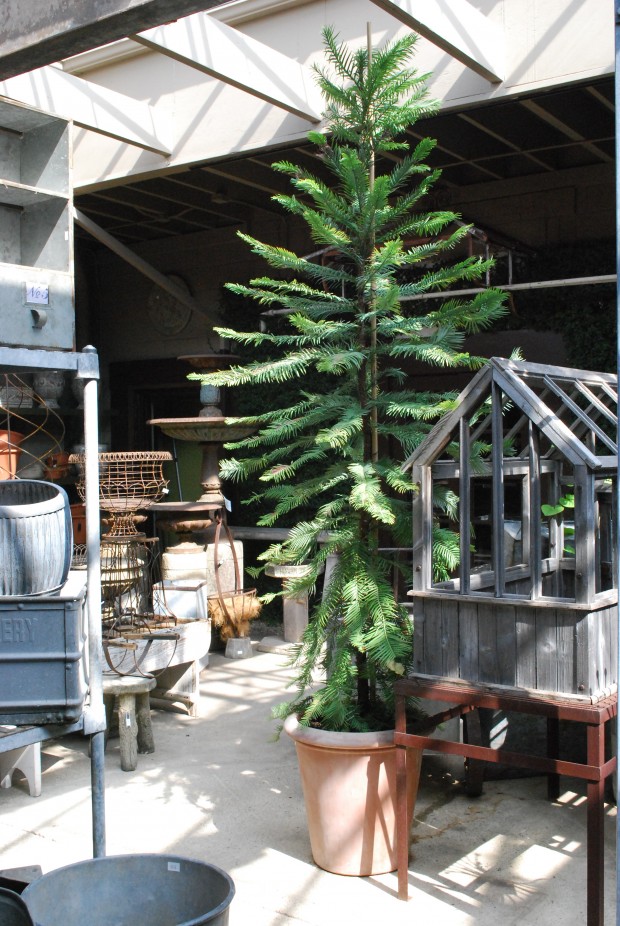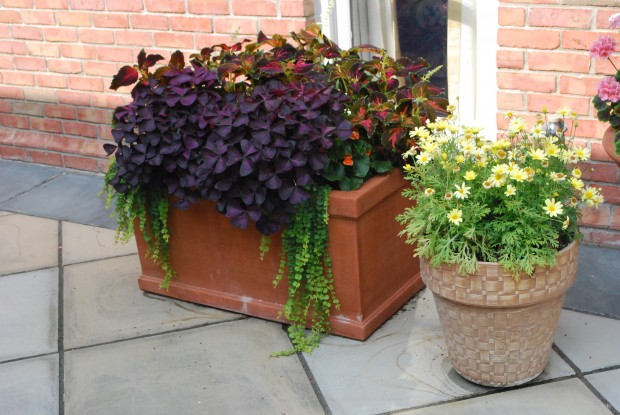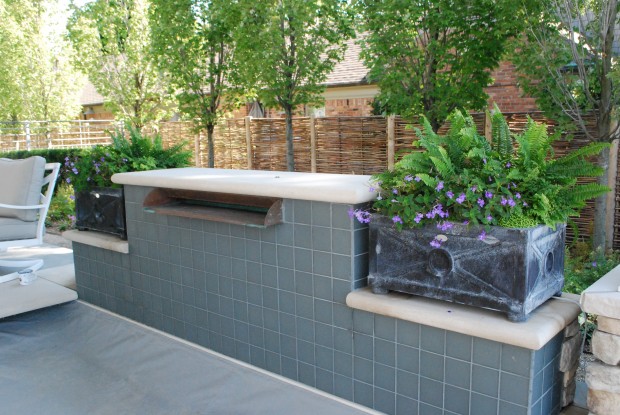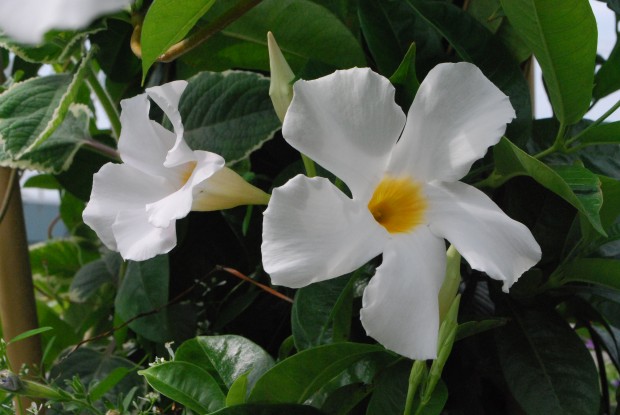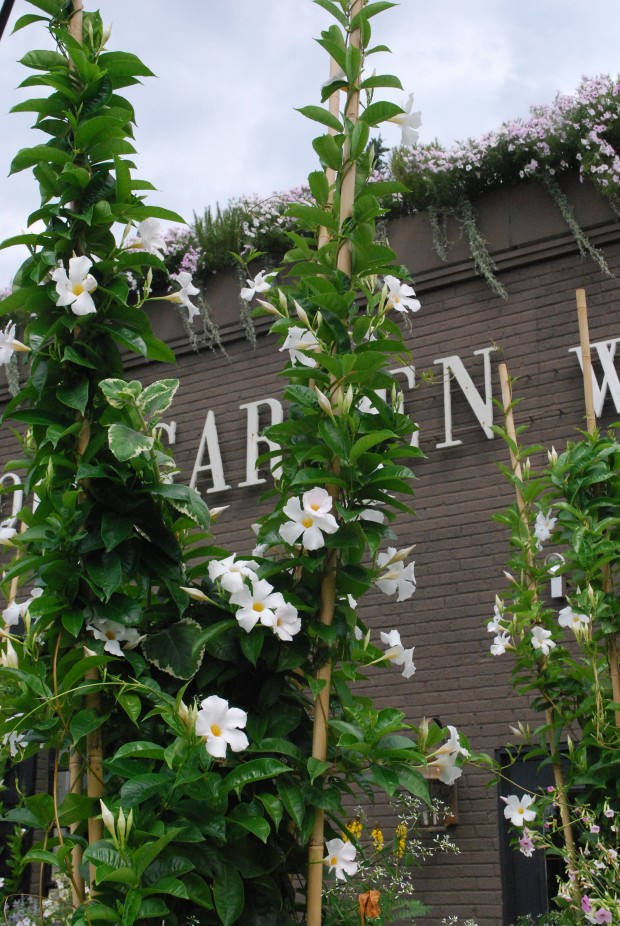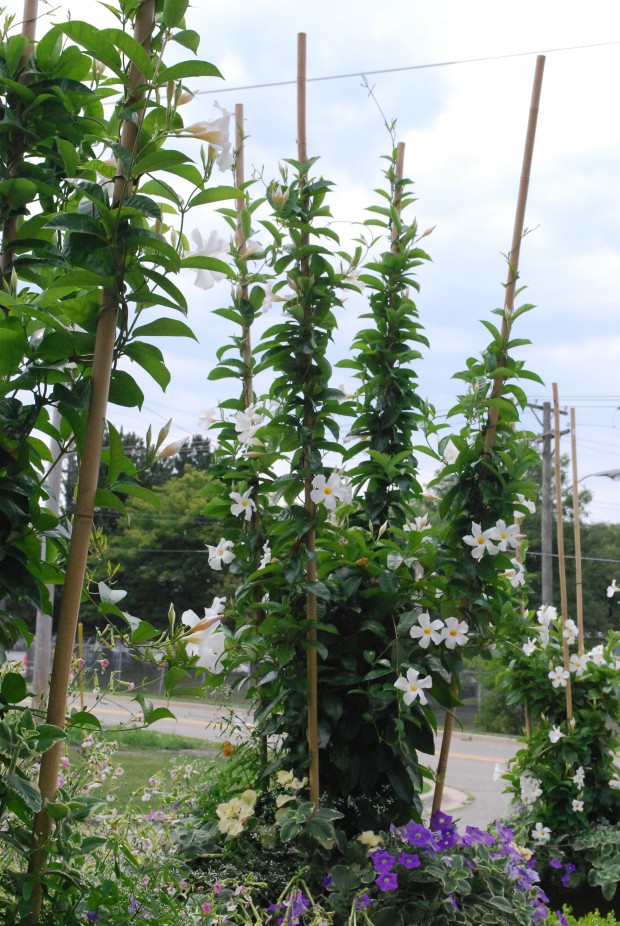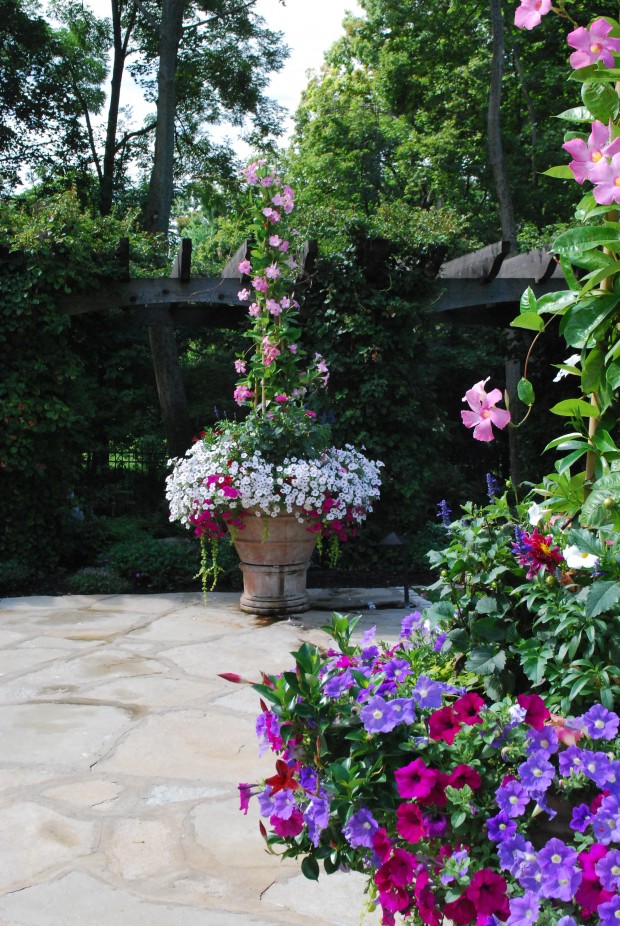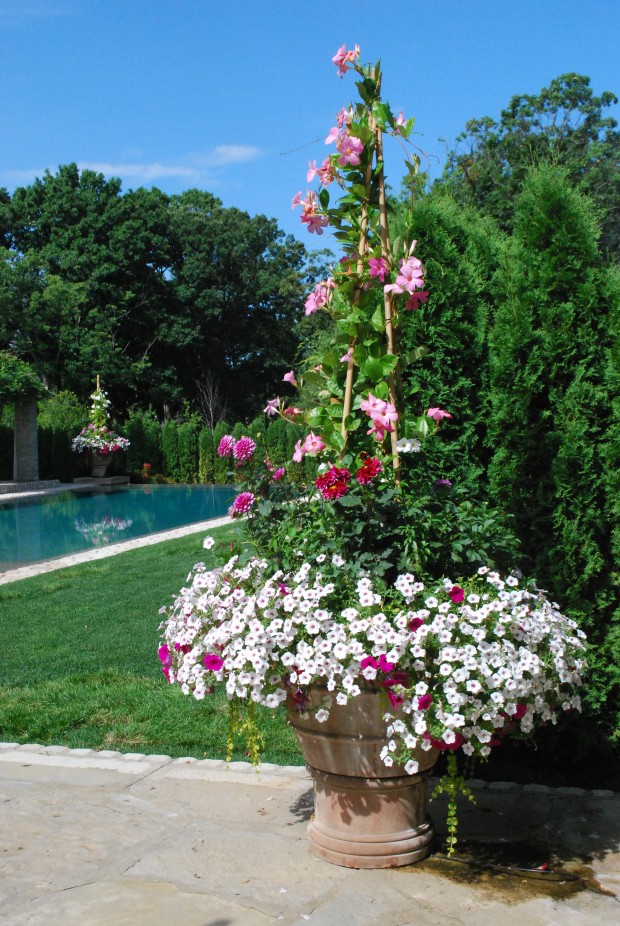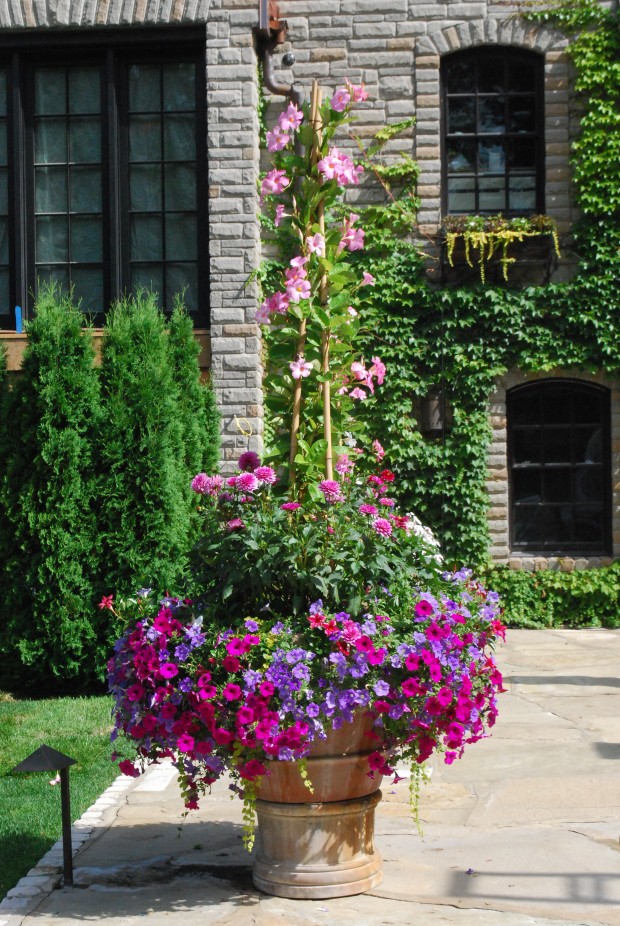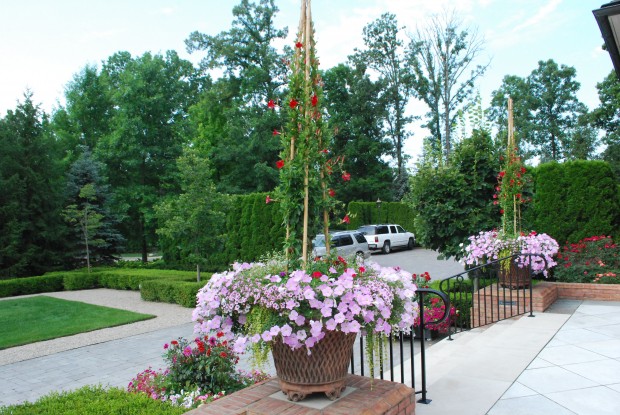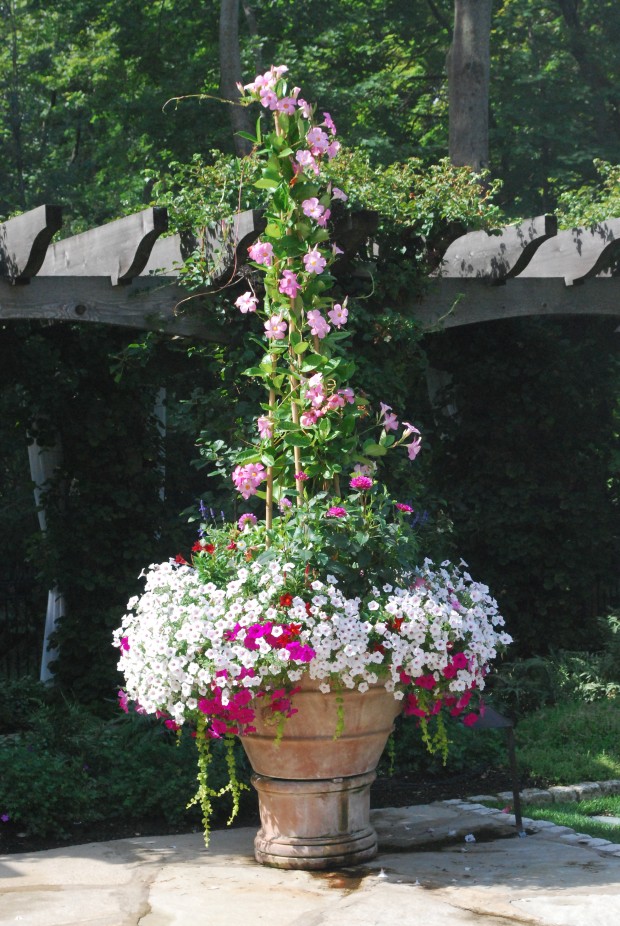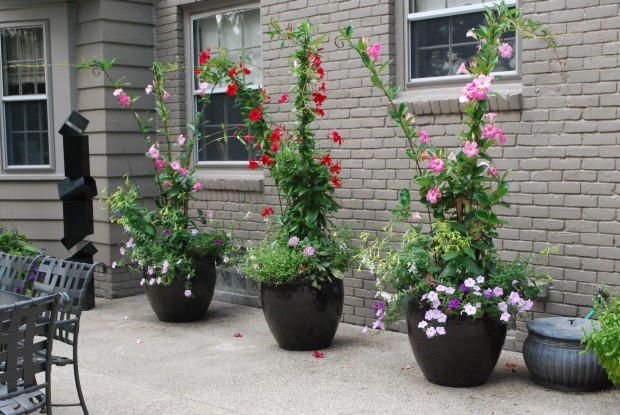Nervure-so you know this word? I didn’t either, until I started reading about plant veins. A nervure is a vein, or a rib. The veins, or ribs of a leaf, support the tissues that comprise a leaf. The ribs can be vascular bundles-meaning that they transport vital materials from one place to another. The science of travel and feeding aside, great veins endow leaves and flowers with a graphic beauty worthy of note. Nervure-I like the idea of a new word better educating me.
Coleus is noted for its leaf color. The dark veins in this coleus make a pattern, a fretwork-a map. Could not the layout and streets of a beautiful city be designed from such a map?
These yellow petunias have creased flowers-I doubt the lines I see are veins. Veins usually support leaf life. They move life giving nutrients from one place to another. They provide a structure that keeps a leaf parallel to the sun. They give that thin wisp of a leaf, or that incredibly thick leaf, some neccesary structure.
The veins of this alocasia leaf are prominent, as they need to be. An alocasia leaf covers a lot of square footage. The leaves are thick and heavy. Lacking the structure from veins, these leaves would collapse in a sorry heap. Lots of square footage requires strong ribs. Nature made provisions for this. Water and nutrients need to move along the supply lines provided by the veins to keep this big leaf healthy. Should I ever retire, this picture might inspire me to write a book about supply lines, food, water, healthy structures, flow-and the miracle that is nature-great veins. The alocasia leaf depends on its great veins to thrive.
Who knows why I had the idea today to take a closer look at the veins in leaves. That question aside, I am quite sure a love for the garden runs through my veins.
The veins in leaves are functional, and remarkably beautiful. Veins are a structure which is first and foremost a life line. Make of this what you will.
The structure of leaves varies enough to defy and confound the imagination. Those veins that empower those leaves-extraordinary. Make no mistake, I can barely keep up with what nature has in store. I so like this playing field. The miracle that is nature helps keep me awake.
If you have the chance, take a closer look.
